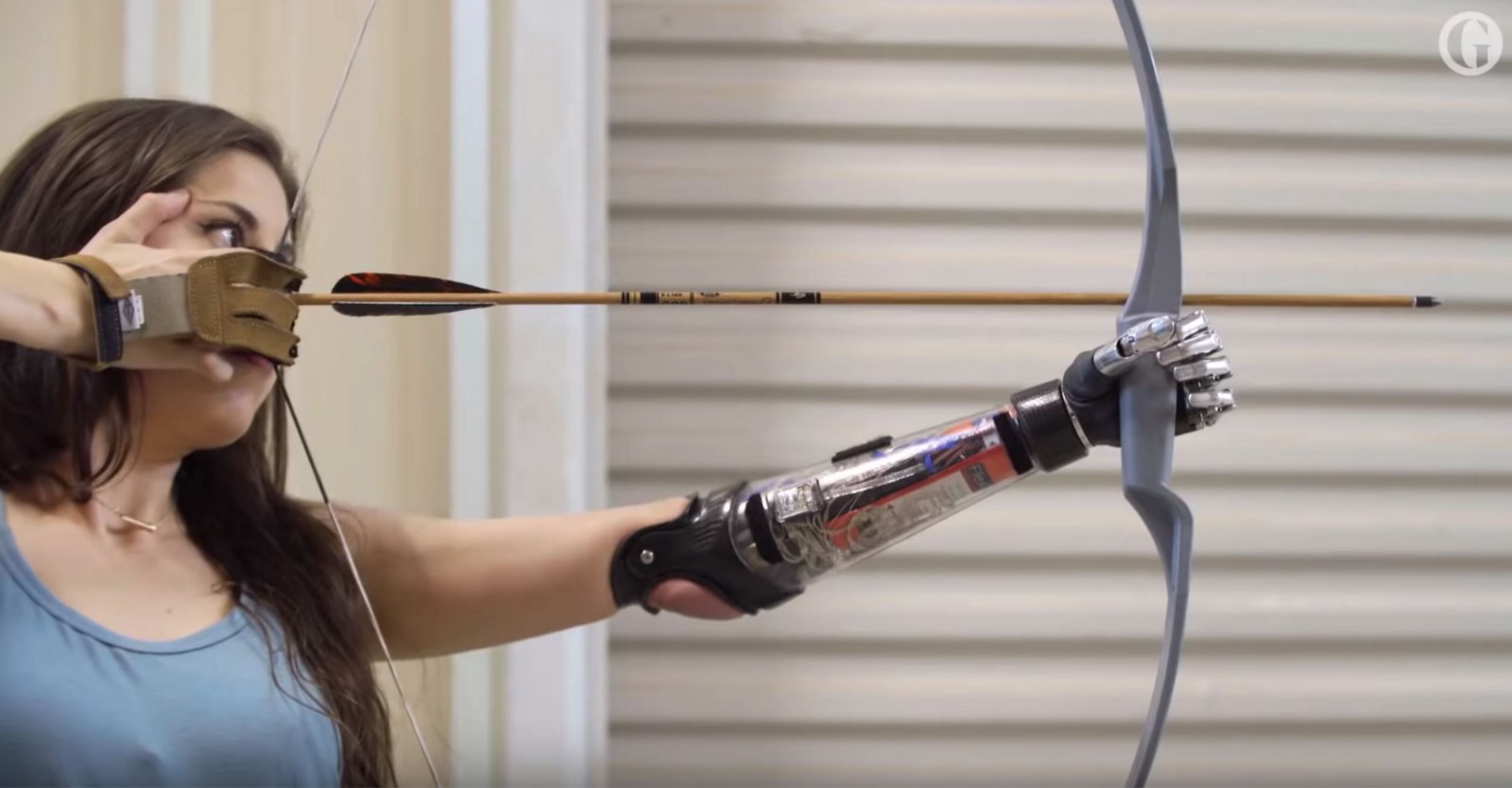From experience, humans have learnt that nature is the first place to look for a solution when stuck in a problem. The processes and designs which work seamlessly in nature should work for artificial systems as well. Based on this idea, a field of science called Bionics was created. The term ‘Bionics’ was put together by Jack Steele in 1948. In simple terms, Bionics is the intersection of two fields: Biology and Technology. It is applying the principles of biology to modern technology. So Bionics is not one technology, it is just an umbrella term for everything that falls under trying to replicate the biological processes and systems.
Bionics in Prosthetics
In the field of medicine, experiments are being done to come up with bionic eyes, hearts, ears, and limbs. It is a huge improvement over fake body parts. Bionics inspired body parts are not just mechanic but also smart. They try and mimic the movements and functions of a real body part. Researchers are working on developing bionic arms and legs using artificial intelligence which will transform the way we look at body transplants.
The Bionic Arm

The bionic arm has four motors built inside, one for each finger. Sensors are attached to the human skin and the bionic arm works by picking up signals from the muscles of the user. They detect a small voltage when the arm muscles are flexed and the hand moves in response. It is better than a regular prosthetic arm in several ways. The most significant difference being feedback; a regular prosthetic arm gives no feedback. It is simply attached to the arm and does not do much except for providing support. Whereas a bionic arm is responsive to the movements of the arm and it can be controlled according to the task one wishes to perform. It copies the working of a real arm closely. ‘Open Bionics’ is a U.K. based start-up that creates bionic arms that are affordable and stylish. Their product is about 30 times cheaper than the other available bionic arms and it can also be customized according to the customer in terms of the appearance. The company uses a 3D printer to make the parts, thus making it lightweight, affordable and personalized.
Biomimicry
Biomimetics or Biomimicry is closely associated with Bionics. As the word suggests, it literally means to mimic nature. The terms bionics and biomimicry are often used synonymously but there is a slight difference between the two. Bionics is about the design of engineering systems based on biology whereas biomimicry is about copying the structure of advantageous living organisms to create artificial materials.
Examples of Biomimicry

The Shinkansen bullet train in Japan is one of the fastest trains in the world. But the speed had a drawback, whenever the train exited a tunnel, the difference in pressure resulted in a sonic boom much to the annoyance of the people living in the residential neighbourhood nearby. So to solve this problem, the chief engineer of the company (who happened to be an avid bird-watcher) took inspiration from the kingfisher. The kingfisher dives smoothly into the water to catch fish without creating a splash. The front of the train was modelled after the kingfisher’s beak which led to a reduction in the noise produced when coming out of the tunnel. Another successful imitation of nature would be in the designing of solar panels. It was noticed that the most commonly used solar panels reflected a lot of light, making them less efficient. So the scientists at North Carolina University observed that the eyes of moths contain a huge number of tiny microstructures which result in non-reflective eyes. Applying this, the scientists made synthetic nanostructures which mimicked the moth eyes thus improving the performance of the solar panels.

As research in the field of Bionics continues, we are moving towards a future where the absence of a body part would no longer be considered a restriction. Day by day as humans keep innovating, it will be interesting to see where we end up in future in terms of body implants.

